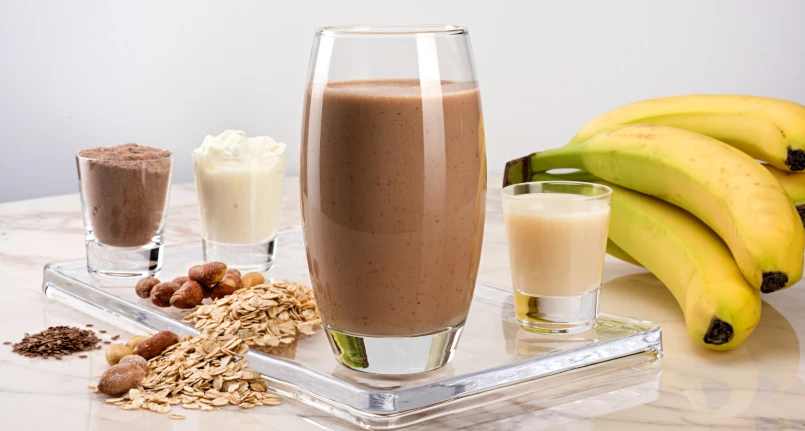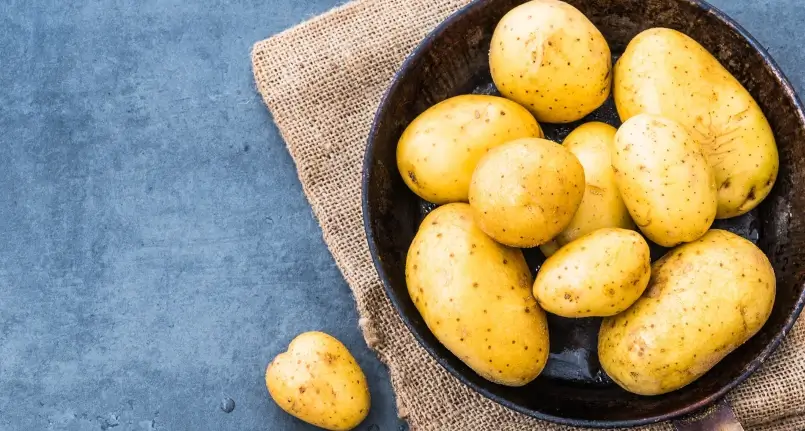Generality
What is Popcorn?
Popcorn (popcorn or popcorn ) is a food that typically falls into the snack category .
Do they make you fat?
Interesting question. However, even in this case the answer is “it depends”. Usually, when it comes to food, it is always “the dose that makes the poison”; popcorn is no exception. On the other hand there are various considerations to be made and the reasoning requires knowing at least the nutritional composition of the food. Keep in mind that popcorn is a low-water, high-energy-dense food containing mainly complex carbohydrates ; however, to cook them almost everyone uses to add seasoning fats. Furthermore, today there are several types of enriched popcorn, for example with sugar, melted butter, cocoa , etc.
For now, readers will have to settle for this statement: “Popcorn “could” make you fat. It depends above all on the portion, the frequency of consumption and the subjective metabolic state”. Let’s take a closer look at the topic.
History of popcorn
The first finds indicating the consumption of popcorn date back to 9,000 years ago in Mexico.
However, the food as we know it today (albeit under the name “Pearls or Nonpareil”) was only born in the 19th century on the US east coast. The term “popped corn” was coined only in the middle of the same century, by John Russell Bartlett. The machine for the production of popcorn did not delay in making its appearance and was already placed on the market in 1890. This food, due to its very low cost, became popular during the great depression of the first half of the 1900s. Towards the end of the second half of the 20th century they were bagged and marketed for large-scale distribution. As many as 6 cities in the USA claim the title of Popcorn Capital; however it is not possible to establish with certainty what it really is.
Nutritional properties
Nutritional characteristics of popcorn
Popcorn is naturally high in starch (78g/100g) and dietary fiber (15g/100g); proteins are contained in discrete quantities (12 g/100 g) while water is lacking (15-20 g/100 g) . The general caloric intake is quite high (378 kcal /100 g). The concentration of iron is good (2.7 g/100 g) and that of vitamin B1 (0.2 mg/100 g) and B2 (0.3 mg/100 g) is moderate. The amount of carotenoids ( provitamin A) is also not negligible.
Naturally, popcorn contains very little fat, simple sugars , and sodium . These characteristics make them suitable for use as a snack or snack. However, it should be noted that if the high energy density and the more than significant glycemic load should preclude its (significant) use in the diet of the obese , type 2 diabetic and hypertriglyceridemic. The restriction is even greater if the popcorn is enriched with sugar , syrups, honey , toppings, etc.
Even popcorn cooked with large portions of seasoning fats should be avoided in the diet for overweight ; moreover, those enriched or prepared with clarified butter , due to the presence of cholesterol and saturated fats , are to be excluded in the nutritional regimen of hypercholesterolemia .
In 1990 the “Center for Science in the Public Interest” published a study carried out by interviewing the major producers of retail popcorn, i.e. the fast restaurateurs of the cinemas. It emerged that most of them used coconut oil , very rich in saturated fats (although medium chain , therefore more easily digestible ), and further seasoned them with margarine or melted butter (equally rich in saturated or hydrogenated fats and, in the case of butter, of cholesterol). In the same paper it was emphasized that an average portion of buttered movie popcorn “contains more fat than a breakfastmade with bacon and eggs , of a Big Mac with fries, than a dinner of mixed steaks”. The problem, less widespread in Italy, continues in the USA where a small portion of popcorn contains an average of 29 g of saturated fat (the equivalent of a reference daily dose for about a day However, studies conducted by the Motion Picture Association of America have shown that the average person only goes to the cinema six times a year and what they eat on that occasion is not a relevant factor. hasty and insufficiently critical. In fact, it uses the average attendance value of the multiplexes as if it were a definitive datum; in the most important urban centers this, from six a year, can increase up to thirty, forty or even fifty (once a week) Moreover,who usually consumesjunk foods (fortified popcorn definitely falls into this category) certainly doesn’t just do it on this occasion; this makes “film” popcorn extremely harmful to nutritional balance and should therefore be avoided (NOT replaced by other junk foods). Salty popcorn is also to be avoided in the diet of sodium sensitive hypertensive subjects . The average portion of “natural” popcorn used as a snack is about 20-40 g (75-150 kcal).
It could therefore be said that seasoned popcorn is a food that can make you gain weight easily, especially if they are consumed by sedentary people with poor insulin sensitivity . On the other hand, natural ones, in the right quantities, can also be considered good quality foods.
Insights: How are popcorn formed?
We’ve all asked ourselves at least once in our lives “How does the magic of popcorn happen?”. The mechanism is quite particular but not at all complex. Let’s get into the merits.
The seeds of popcorn varieties of corn are small in size. Externally they have a fibrous pericarp, while internally they contain a hard starchy, dehydrated endosperm, with a maximum humidity of 14-20%; albeit marginally, the oily germ is also present inside .
Subjected to heating (temperature of 180 °C, better in corn oil which is an excellent thermal conductor), being hermetically sealed inside the pericarp, the water and the fats expand (with a consequent increase in pressure up to approx. 9.3 bar) causing the casing to burst. In this way the starch and proteins (which act as a “scaffolding”) come out but, as they cool instantly, they stabilize, giving rise to an irregular and characteristic shape reminiscent of a “small white flower”. The texture is crunchy and brittle, not too tender and spongy (characteristics of poor quality popcorn). Note: the “watertight” closure of the seeds is the main characteristic of popcorn corn varieties; damaged grains, no longer hermetically sealed, cannot make popcorn.
Other Risks
Other health risks related to popcorn consumption
The American Academy of Pediatrics recommends not serving popcorn to children under four years of age, due to the risk of choking.
Microwave popcorn is designed to be cooked in conjunction with various flavoring agents and seasonings . One of these (now abandoned by most manufacturers) is “artificial butter” or diacetyl. Previously this additive was closely monitored on suspicion that it could cause respiratory disease in people who inhale it (famous case of microwave popcorn factory workers, also known as “popcorn lung”).




